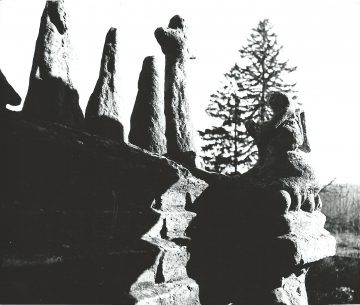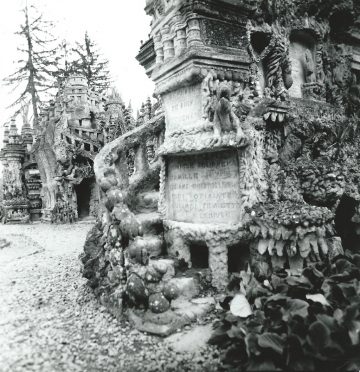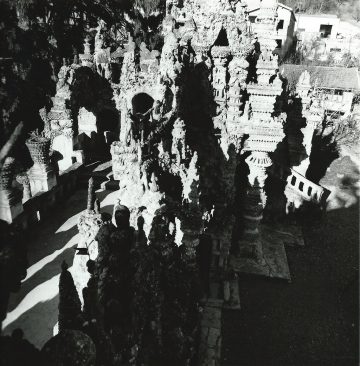Lucien HERVÉ 1910-2007
László Elkán was born in Hungary in 1910. He arrived in Paris in 1929, but was imprisoned by the Germans during the Second World War. He escaped, then joined the Resistance, where he took the name Lucien Hervé. He became a photographer for Marianne Magazine. An architectural photographer but also a music lover, he would say that he interprets the architect’s creation like a musician interprets a score. Lucien Hervé’s career took a decisive turn when he met Le Corbusier in 1949, who chose him as his regular photographer. His photographs sometimes verge on abstraction, playing with geometry and revealing a certain tension in the architectural lines that oppose light and shadow. One detail was enough to highlight the whole. Although the figure of the man is not often present in his works, the artist seeks to highlight the architect (whether Le Corbusier or others), in other words the man who created the spaces he magnifies. He died in 2007.
During his sixty-year career, the artist was featured in numerous publications, and his work was exhibited in galleries and museums around the world. The exhibition Géométrie de la lumière at the Jeu de Paume du Château de Tours presented his work in 2017. In 2019, the Villa Savoye in Poissy will be exhibiting his work as part of the Géométries sous la lumière event.
Visite du Palais Idéal 1970
Six prints of the 23 taken at the Palais idéal are held in the Palais collection. Taken a year after the building was listed as a Historic Monument in 1969, these photographs bear witness to Lucien Hervé’s interest in this naive architecture. Observing “the source of life”, which is the starting point for the work of facteur Cheval, visitors are watched over by the three Giants guarding the building. In a second photograph, the artist stands on the terrace to capture a fragile moment. Typical of his work, a certain play of light and shadow draws geometric shapes on the ground; in the background, the ‘Tower of Barbary’ rises to its summit. In a closer shot, Lucien Hervé also photographed figures who appear to be climbing the temple. These pilgrims are modelled by hand, a skill that Ferdinand Cheval has retained from his days as a baker. On another print, the artist photographed the Belvedere from the Palace. It’s a world turned upside down, with a glimpse of the surrounding countryside and its trees on the horizon. While the point of view projects us into the distance, a fragment of the palace in the foreground gives us the illusion of a certain proximity. As an architectural photographer, Lucien Hervé recognised the genius of Le facteur Cheval when he took these shots.



